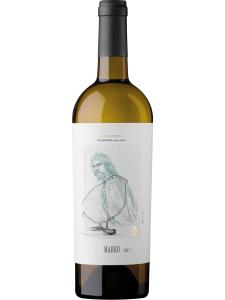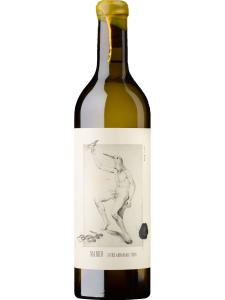Bizkaiko Txakolina or Txakoli de Bizkaia is a DO wine zone within the Pais Vasco (the Basque Country) in northern Spain. The DO is made up of small tracts of land in and around the city of Bilbao. It derives its name from the province of Vizcaya in the northwest. Both names mean 'Biscay' in Basque, a reference to the Bay of Biscay that the DO fringes.
Bizkaiko Txakolina is one of only three recognised areas for Txakoli (a Basque word, pronounced chac-o-lee, meaning 'wine made from a village' or 'wine village'). The others are Arabako Txakolina and Getariako Txakolina.
The Bizkaiko Txakolina DO and corresponding Consejo Regulador (wine-regulating authority) were established in 1994, and since then the wine trade has taken a quantum leap, resulting in such high local demand that it is difficult to find the wines of Bizkaiko Txakolina elsewhere in Spain.
Because of its proximity to the Atlantic Ocean, Bizkaiko Txakolina has high rainfall (around 45 inches/1150millimeters) and low average temperatures, suiting the typical Txakoli style of wine, but testing producers' dedication. The wines are characterized by their light texture and a dry and acidic nature, and show more acid and herbaceous notes than wines from neighboring regions. The best examples also display a refreshing fruity structure along with slight bubbles, as the wines are bottled on their lees, leading to a gentle secondary fermentation.
Only municipal districts situated below 1310ft (400m) above sea level are included in the DO; most vineyards sit between 160ft (50m) and 655ft (200m). Most vines are cultivated in sheltered locations with a south-eastern aspect. Soils tend to be slightly acidic here and are usually clay over limestone.
Hondarrabi Zuri, a native vine, is the principal grape variety in Bizkaiko Txakolina and produces the white Txakolis. Folle Blanche is also permitted. Hondarrabi Beltza is used for the small quantity of red wine made here. The local wine laws dictate a permitted alcohol content of 11.5% for whites and 12% for reds. A small quantity of rosé wines are also made and have traditionally be called ojo de gallo (eye of the rooster).



